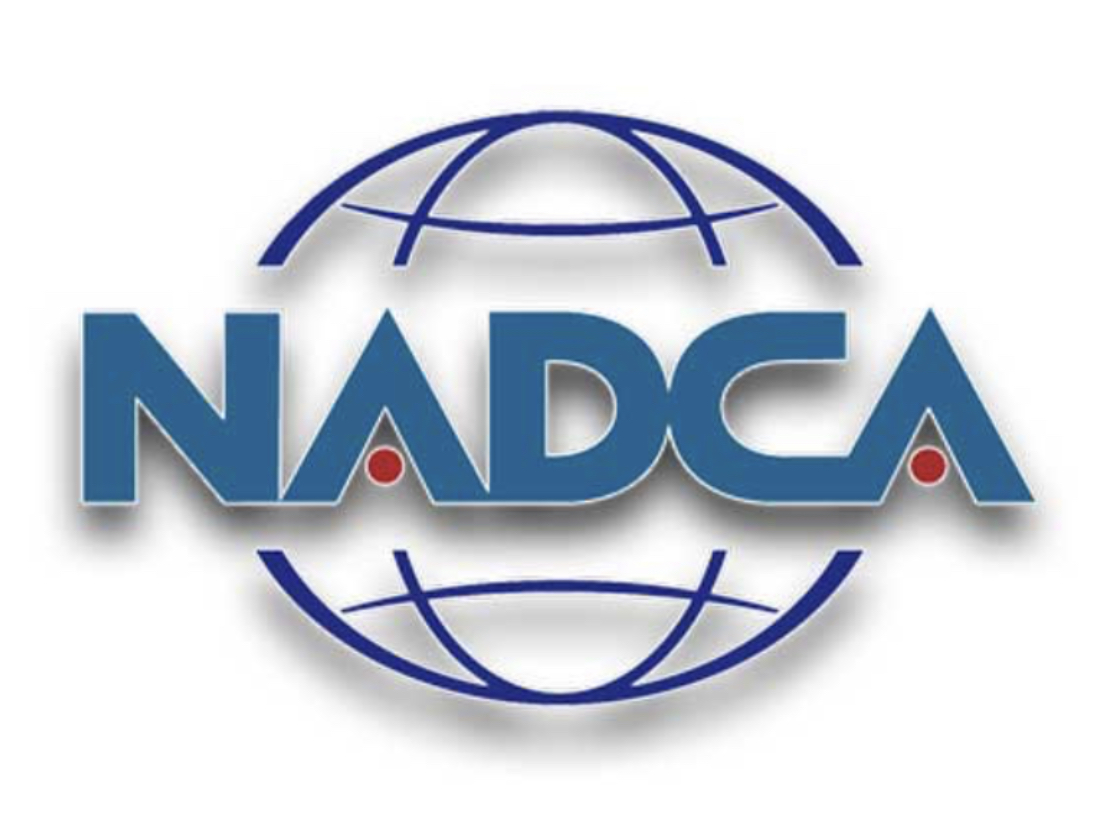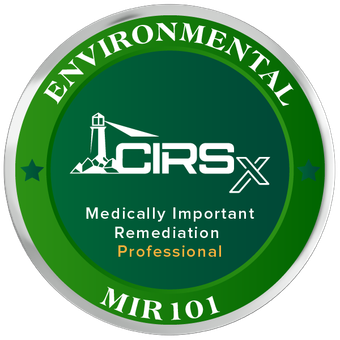
We as a company are fully dedicated to improving the quality of the air in your home by following what we consider 5 very critical steps for a successful remediation.
- The willingness to work collaboratively with the customer, the Indoor Environmental
Professional (IEP), and if applicable the recommendations of a physician, to determine
what the best products are to be used for remediation and carefully follow the IEP’s
step-by-step remediation plan. - Strictly follow the IICRC S520 standards: These are the procedural standards for the
remediation of mold damaged structures and contents, written for use by those involved in the mold remediation industry and is the result of collaboration among
microbiologists and other scientists, public health professionals and industrial hygienists. - The use of proper engineering controls such as containment barriers and HEPA air
filtration devices (AFDs) in every proposed work area during the remediation is an
essential part of the remediation in order to prevent cross contamination. - Physically removing the mold and the mold contaminated materials rather than just
treat it, fog it, or kill it.- Removing the mold contaminated material entails removing walls, ceilings,
framing, carpets, none load bearing structures and household items like
furniture Etc. All under the proper engendering controls) - This is followed by the critical step of physically removing the mold off of
surfaces using various methods such as HEPA vacuuming, wiping, wire
brushing, sanding, grinding and ice blasting, all under the proper engendering
controls
- Removing the mold contaminated material entails removing walls, ceilings,
- 3rd party independent post remediation testing and inspection is always recommended, in order to guarantee a successful remediation in the work/contained areas. We guarantee to pass a clearance test (both air and surfaces) performed by your IEP. This Is because our passion is to make your home and place of work healthier.
- The willingness to work collaboratively with the customer, the Indoor Environmental Professional (IEP), and if applicable the recommendations of a physician, to determine what the best products are to be used for remediation and carefully follow the IEP’s step-by-step remediation plan.
- Strictly follow the IICRC S520 standards: These are the procedural standards for the remediation of mold damaged structures and contents, written for use by those involved in the mold remediation industry and is the result of collaboration among microbiologists and other scientists, public health professionals and industrial hygienists.
- The use of proper engineering controls such as containment barriers and HEPA air filtration devices (AFDs) in every proposed work area during the remediation is an essential part of the remediation in order to prevent cross contamination.
- Physically removing the mold and the mold contaminated materials rather than just treat it, fog it, or kill it.
- Removing the mold contaminated material entails removing walls, ceilings, framing, carpets, none load bearing structures and household items like furniture Etc. All under the proper engendering controls)
- This is followed by the critical step of physically removing the mold off of surfaces using various methods such as HEPA vacuuming, wiping, wire brushing, sanding, grinding and ice blasting, all under the proper engendering controls
- 3rd party independent post remediation testing and inspection is always recommended, in order to guarantee a successful remediation in the work/contained areas. We guarantee to pass a clearance test (both air and surfaces) performed by your IEP. This Is because our passion is to make your home and place of work healthier.
Our Services
We Cover All New England
(617) 834-1199 (781) 627-6889Better Breathing Environmental has a team of trained, dedicated and experienced mold remediators and air duct cleaning professionals with at least 30 years of combined experience in both industries.
Contact Us MOLD REMEDIATION
MOLD REMEDIATION HVAC SYSTEM CLEANING
HVAC SYSTEM CLEANING SPECIALTY CLEANING
SPECIALTY CLEANING FINE PARTICULATE CLEANING
FINE PARTICULATE CLEANING
